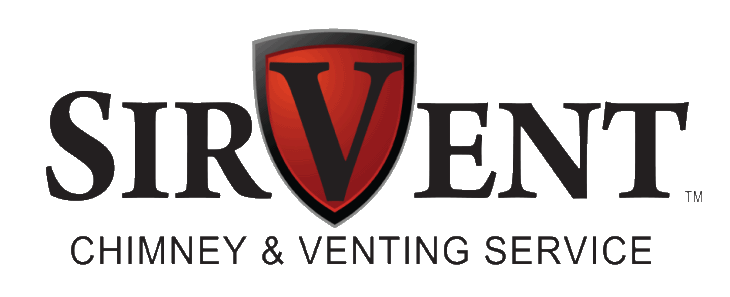According to the CSIA, problems in your chimney’s flue can present serious risks to your home and family, because it’s no longer able to perform its primary function: to safely contain and vent the products of combustion to the outside of your home. If your current liner was installed improperly or is deteriorating, it is highly recommended that you either have a new one installed by a licensed professional or have your current liner repaired (if possible). There are several different relining options, depending on both the type of flue liner you currently have and the overall condition of your entire flue.
Stainless Steel Liners
The vast majority of newer homes have chimneys with stainless steel chimney liners already installed. These liners come in two different forms: rigid and flexible. The type your technician will choose ultimately depends on the shape of your chimney. A huge selling point for stainless steel liners, in general, is that it comes with a lifetime warranty. They resist rust and easily hold and move heat and smoke up through the house and out into the atmosphere. If properly installed and maintained, stainless steel liners are extremely safe and durable. It is usually recommended that high-temperature insulation be used in conjunction with the liners for safety and performance considerations.
Heatshield System
When it comes to economical alternatives, the HeatShield flue relining system is at the top of the list. If it is learned that you have a few minor cracks in your current liner, completely relining it could prove to be quite costly. Instead, restoring the current liner’s integrity with HeatShield’s patent-pending joint repair system just might be the way to go. It is installed similarly to a cast-in-place liner and restores your chimney to its original peak level of safety and efficiency. Because it helps to seal damaged areas and protect adjacent areas from heat transfer, HeatShield enables your flue to keep temperatures higher, which creates better draft and less condensation.
Terracotta Liners
The majority of older homes with chimneys don’t have liners (it wasn’t required by building codes at the time); those that do have liners are most likely ones made of terracotta. It’s commonplace to repair or replace them with new terracotta liners, although switching over to either a stainless steel or HeatShield liner is an option. Terracotta tiles can withstand extremely high temperatures without damaging or hindering the performance of the liner itself; they also hold up quite well against the corrosive materials that are burned in and pass through the system.
Although building codes vary from one locality to another, the installation of flue liners has been recommended for many years now, and indeed most fire codes now mandate liners. Once installed, it’s important to remember that they can wear out and need attention from a certified chimney technician. There are many reasons you may need to reline your chimney, and we have several options available for your consideration. The CSIA-certified technicians at SirVent Chimney & Venting Service will be there with you throughout the entire relining process. If you suspect there may be a problem with your liner, give us a call or schedule your appointment online today!

